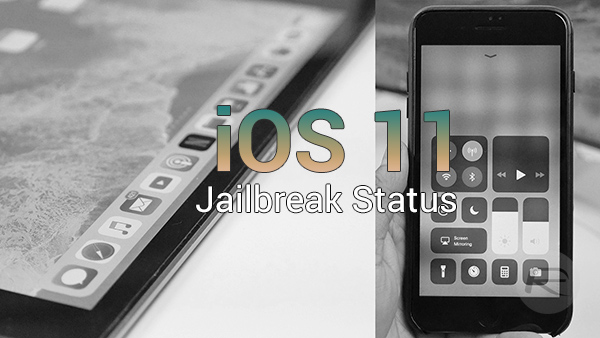 2821
2821
 2018-02-01
2018-02-01
The release of a new iOS version gets developers and tech labs into a jailbreak frenzy. As the title suggests, this article will establish a timeline of jailbreak attempts for various updates of the iOS 11 software. But before we get into that, let’s talk about jailbreaking itself. What makes it so appealing? Is it even safe?

Jailbreaking 101
Like any tech manufacturer, Apple imposes restrictions on the use of its various devices – from iPhones to the Smart Watch. Jailbreaking allows users to remove these limitations as well as those imposed by a mobile service carrier.
How It Works
To jailbreak an iPhone, you install a software application that transfers instructions to the device, allowing it to easily break into the file system.
The Pros and Cons
* Jailbreaking allows you to do any of the following.
* Customize the look of your iPhone
* Download third-party applications not available in the App Store
* Redesign stock applications (e.g. Messages)
On the flip side, there are risks that you should also know about.
* Voiding the manufacturer’s warranty
* Device could end up being completely useless
iOS 11 Jailbreak: A Timeline
Despite the risks, the lure of breaking through iOS safeguards to gain full control over an Apple device remains strong. As mentioned earlier, here’s a timeline of the attempts done specifically on the iOS 11.
June 2017. Apple released the initial beta version of iOS 11 to developers. China-based KeenLab was the first to demo a jailbreak for both iOS 10.3.2 and iOS 11 at MOSEC 2017.
September 2017, Apple released the final version of iOS 11. Luca Tudesco claimed to have root access to this latest version.
November 2017, KeenLab was at it again. It made a successful jailbreaking demo that coincided with the iPhone X launch that ran on the iOS 11.1.1 firmware.
December 2017, Jonathan Levin released the liberiOS jailbreak that can be used for all 64-bit devices running iOS.
January 2018, Electra jailbreak for iOS 11.0-11.1.2 firmwares was released with Substitute support.
Source: tech